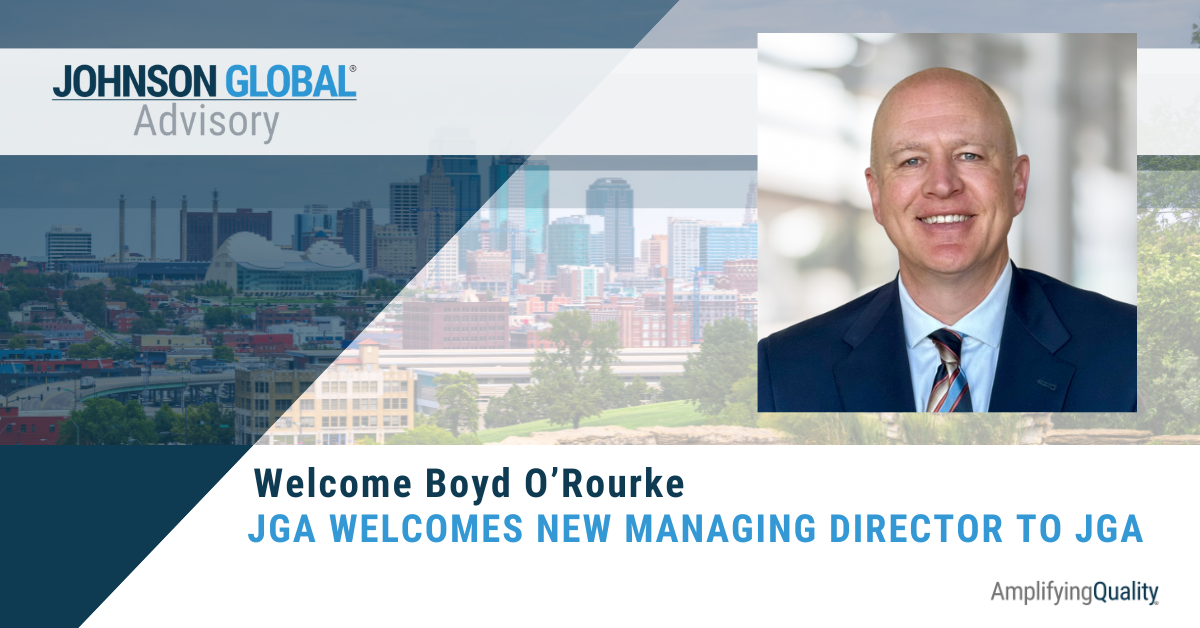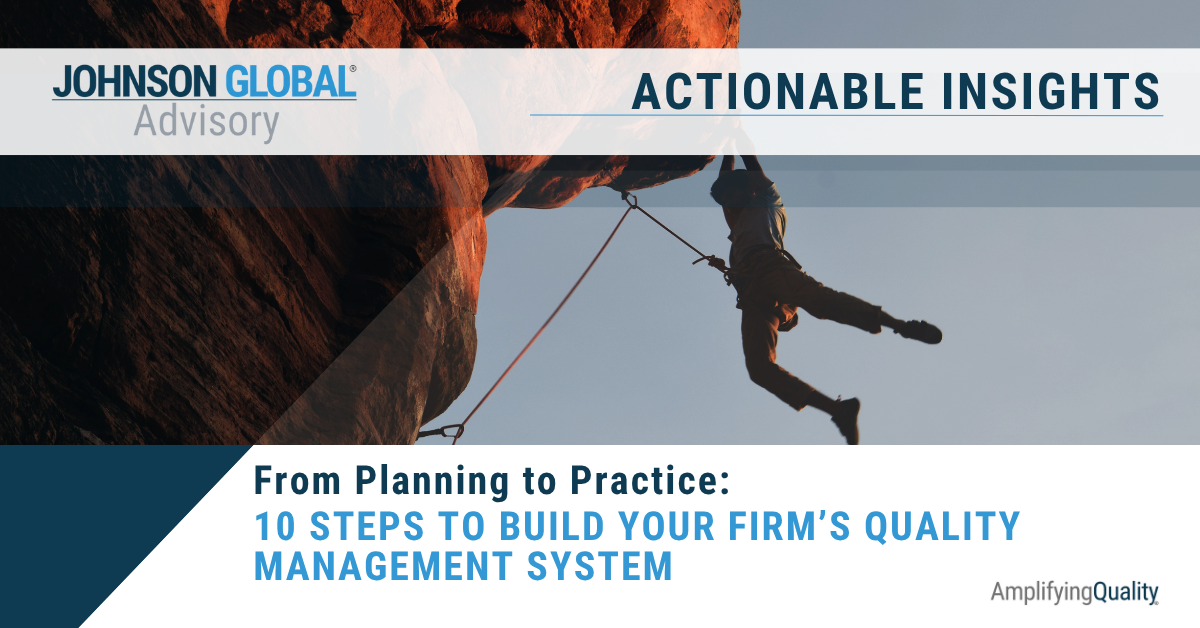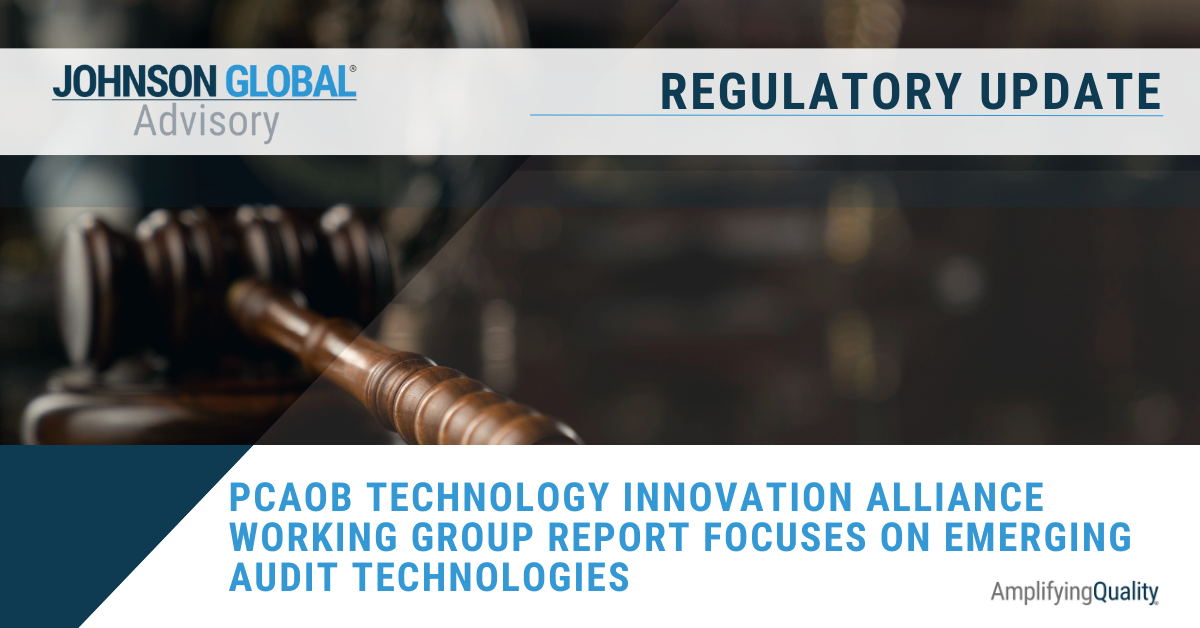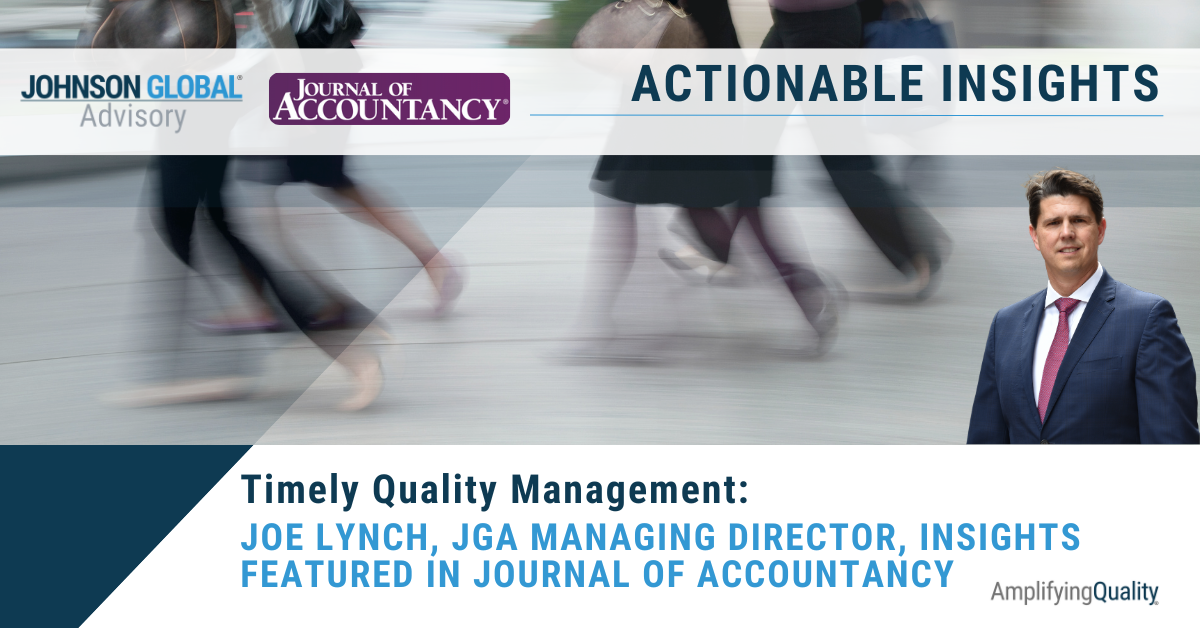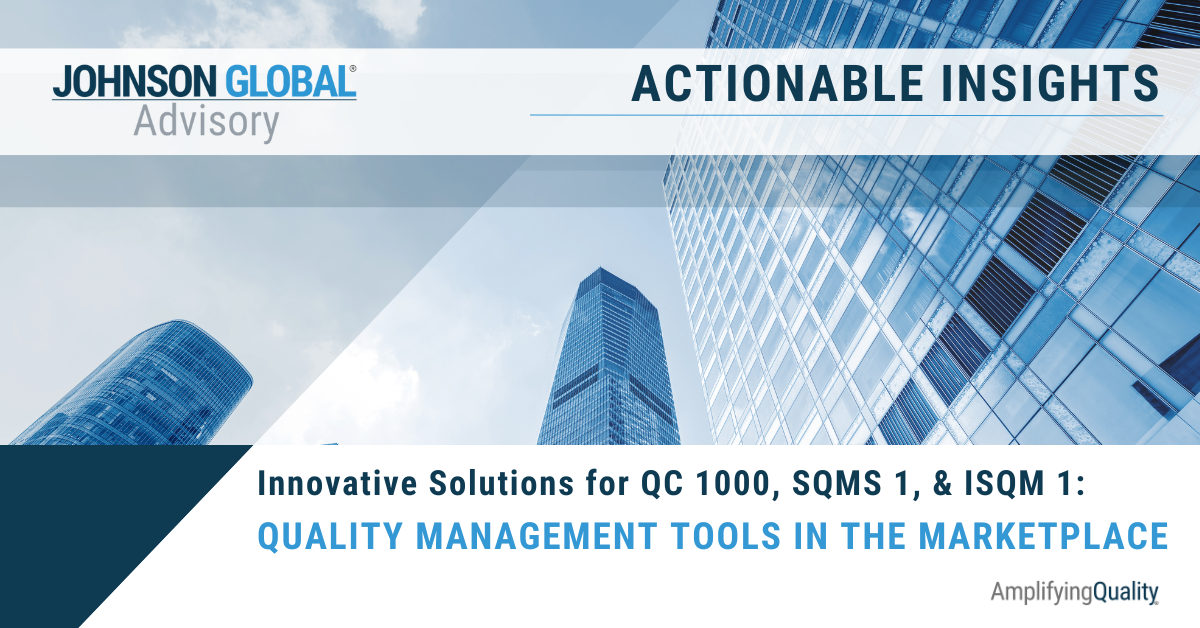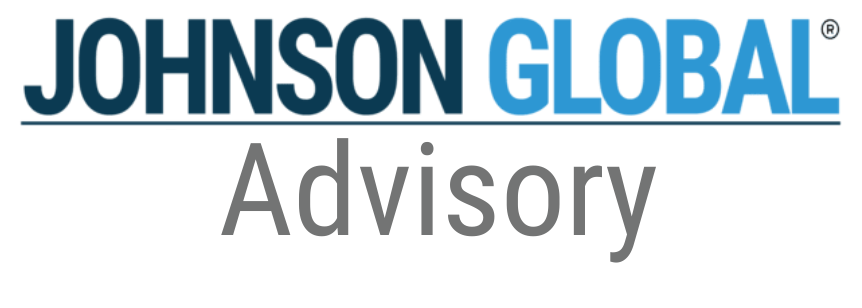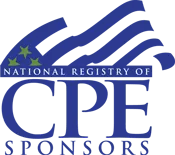Back to Basics: Why Understanding the Business is Essential

Whether you are part of an engagement team working for an American or an international accounting firm, changes to our industry are being accelerated by new standards.
With SAS 145 in our not-so-distant future and its IAASB equivalent ISA 315 already in place, many of our clients are in the process of thinking strategically about how to update, implement, and monitor audit programs and procedures to align with the new standards. SAS 145, Understanding the Entity and Its Environment and Assessing the Risks of Material Misstatement, provides clarification and specific guidance to include the control environment and IT in the engagement team’s understanding of the business, planning, and risk assessment of an audit. A key requirement is for engagement teams to test the design and implementation of control activities (including IT general controls) for significant risks, fraud risks, and journal entry areas of the audit.
Standards aside, many teams are experiencing resource constraints across the board, but specifically around business analysis, controls, and IT knowledge. These pressures are pervasive throughout firms and can surface in internal and external inspections, peer reviews and ultimately lead to heightened risk of non-compliance with auditing and QM standards.
Oftentimes our experience with internal inspections, peer reviews, or regulatory inspections start with a simple question to the engagement team: “Please explain the company’s business and the flow of details to the financial statements.” The auditor’s response is normally at a superficial level. However, when asking a simple question such as, “Where is this information coming from?” all too often we hear, “I don’t know, but I will ask the client." When the team cannot explain where the information is derived from without going back to the company, it could indicate significant issues related to the audit.
With the new standards coming and year-end planning drawing near, now is the perfect time for firms to get back to the basics of auditing and focus on understanding the company they are auditing. This helps to ensure that the scope of the audit work covers all important transactions and subprocesses and supports the performance of the correct procedures. The engagement team needs to have a clear understanding of the company’s business, control environment, and information systems and communication.
Business Understanding
Many problems could be avoided if the auditor obtained a thorough understanding of the client’s business. During our support of various inspections of audit files, we see many audit engagements where the auditor does not have a good understanding of the business, and as a result, the auditor does not perform the correct procedures, or misses audit procedures related to a specific transaction. When this occurs, it is often because the team assumed all the transactions in an account followed the same process. This year, take a fresh look at the business side of the company you are auditing, and do not roll over those planning work papers from last year. A fresh look at the client should include the:
- business model
- products and services
- customer base
- competitors, and
- industry,
Control Environment Understanding
After the engagement team has obtained a good understanding of the client’s business, the auditor should obtain an understanding of the client’s system of internal controls. Fundamentally, new standards are not changing this requirement; it is a part of basic audit procedures. The new standards provide explicit guidance on procedures to obtain this understanding. During your fresh look this year, consider adding documentation of these areas:
- The company’s control environment: Understand what processes are in place at the company outside of the work the engagement team is performing for the external financial statement audit. What are the ongoing tasks, activities, and processes in place at the company that support the achievement of financial reporting objectives?
- The company’s risk assessment process: How does the company develop their own risk assessment? Compare this risk assessment to your own for the audit. Corroborating inquiries can help clarify the engagement team’s understanding of the company’s risk assessment procedures.
- The company’s process to monitor the system of internal controls: Consider what the company does to ensure financial reporting is controlled if the external audit did not occur.
Information System and Communication Understanding
The companies we audit are modernizing their strategies and investing in technological enhancements to maintain competitiveness. The audit must adapt to provide the investors with relevant information and maintain trust in the market.
- Schedule time at the beginning of planning to review the company’s business model.
- Use data analytics to better understand the business transactions.
- Create a flowchart that allows you to map the business transactions to the financial statements. This will help the entire audit team better understand how the business transactions flow to the financial statements.
- Ensure the competency of your engagement team lines up with the industry, technological complexities, and business.
- Ask the simple questions and stay curious; don’t assume information magically appears in financial statements.
In all these aspects of understanding the audit client, teams need to budget the time to take a fresh look at their understanding of the company they are auditing. Consider talking to folks at the company you don’t regularly meet. Explore new company documents and information along with staying up to date with industry trends.
Joe Lynch is a Managing Director at Johnson Global Accountancy who works with public and private companies, and public accounting firms to implement and integrate technology into financial processes and improve the audit integration of engagement teams which enhances financial reporting and audit quality. With over 17 years of experience in the auditing industries with a focus on technology, and over 6 years at the PCAOB as an Information Systems Inspection Leader. Joe has supported companies and firms with IT strategic initiatives ranging from implementing the strategic framework for technology departments to leading implementations of ERP and other systems.

